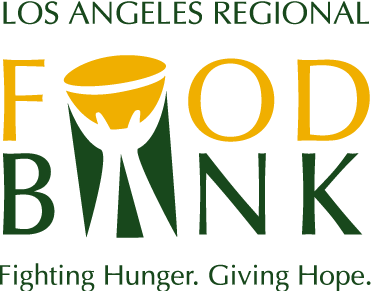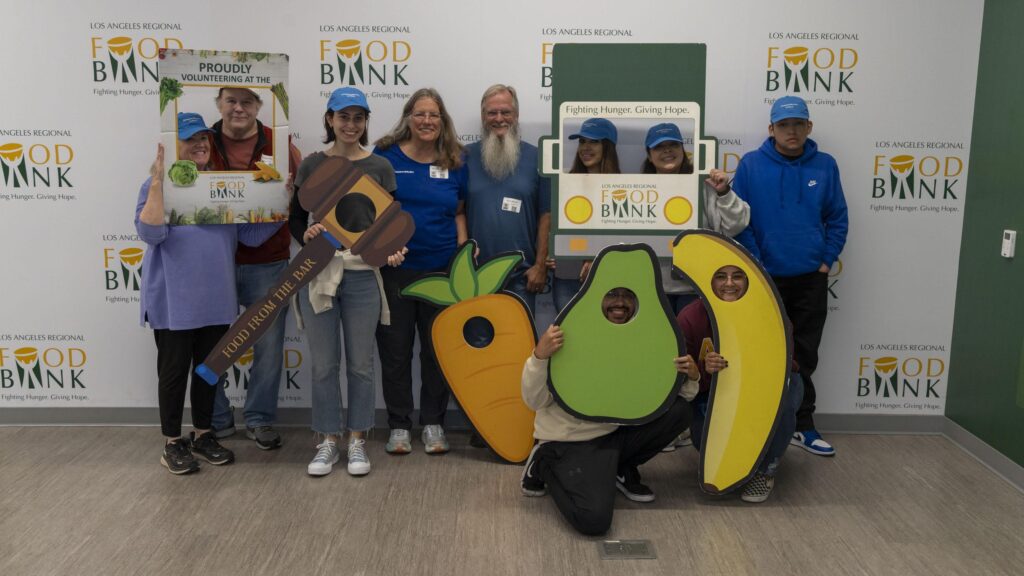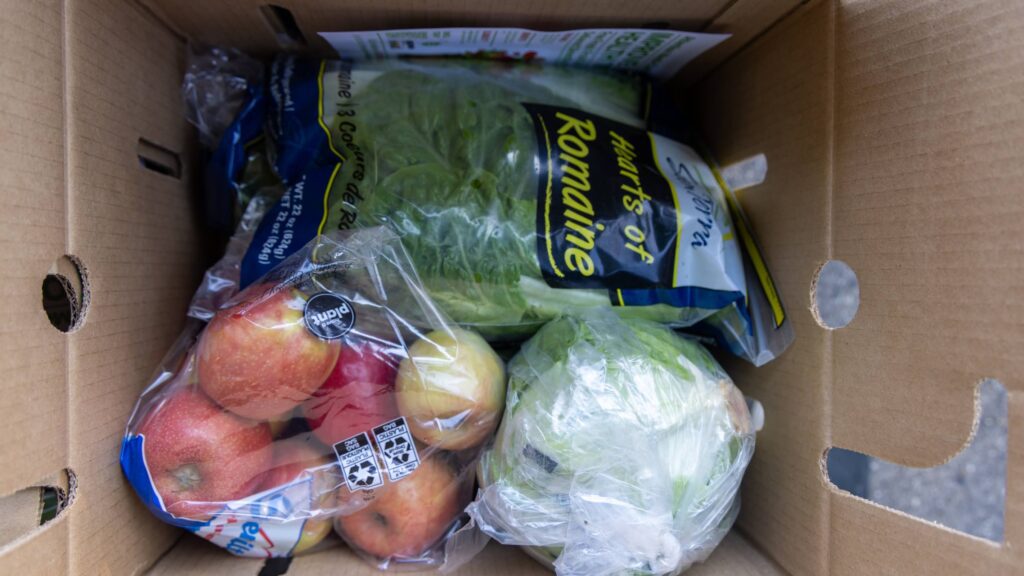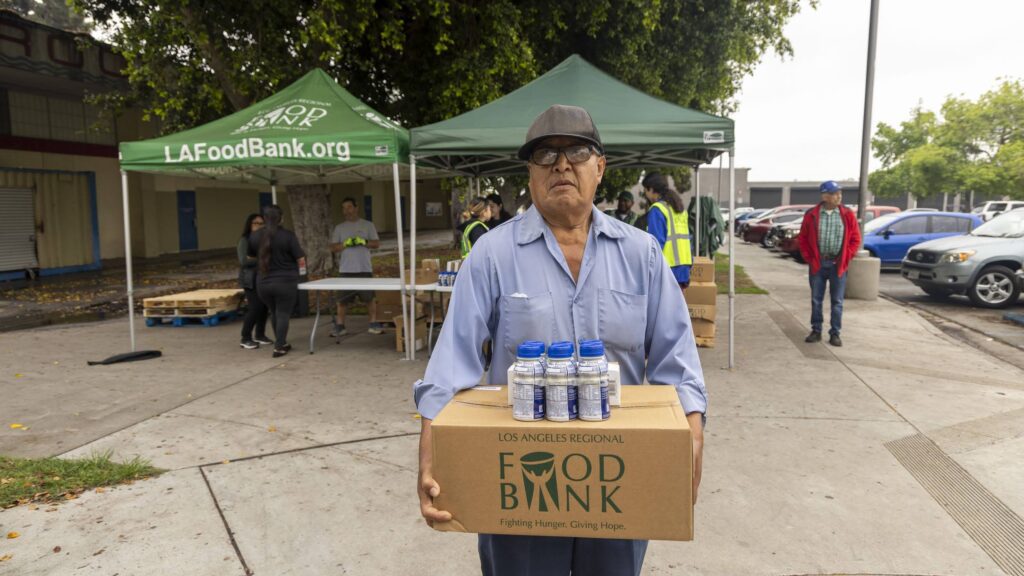How Food Pantries and Food Banks Work Together to Fight Hunger
How Food Pantries and Food Banks Work Together to Fight Hunger
While food pantries and food banks are dedicated to working hard to eliminate hunger in their communities, they specialize in different areas and logistics. To effectively combat growing nutrition insecurity across Los Angeles County, where a sobering 30% of residents face food insecurity as reported by USC Dornsife, it takes everyone to step up to help our neighbors and why the Los Angeles Regional Food Bank prioritizes its partnerships with hundreds of other nonprofit organizations to help distribute and provide food and other essential resources. These relationships allow the Food Bank and community partners to distribute roughly four million pounds of food weekly through a partner agency network and direct service programs across LA County.
The partner agency network includes food pantries, soup kitchens, shelters, religious organizations, non-faith-based hunger relief agencies and other community centers. The Food Bank and its partners provide critical food and nutrition assistance to hundreds of thousands of neighbors monthly through the network.
Due to the scale of the need, there are many critical roles in fighting hunger, including financial donors who donate the necessary funding to accommodate the growing need, volunteers who help glean, package and distribute food, truck drivers, forklift drivers, cleaning and sanitation professionals, office workers and other experts are all needed to help ensure that our neighbors have the nutrition they need.
Where Does the Food Come From?
The Los Angeles Regional Food Bank has established positive relationships and partnerships with hundreds of manufacturers, distributors, grocery retailers, organizations and government organizations like the United States Department of Agriculture (USDA), which helps the Food Bank serve a more comprehensive range of food-insecure individuals and families.
Related: Unboxing the LA Regional Food Bank Box
The Food Bank counts on several partners and sources for its food acquisition, including grocery retailers, manufacturers and distributors, wholesalers and brokers, local growers and packers and other community partners. Product acquisition and the items our neighbors need have evolved over the years. The Food Bank has been working hard to acquire food that is rated as nutritious. In 2023, 97% of the food distributed was rated as nutritious.
Traditionally, local food pantries receive food resources in bulk from entities like the Food Bank and directly from other local grocery stores, canned food drives, their communities and other local initiatives.
Where is the Food Stored?
Upon entering a food bank, one can anticipate more of an industrial feel. Large racks of food and products are stored from the floor to the ceiling, with forklifts safely moving products around to prepare for pickup and delivery for agencies. Food banks are usually equipped with loading docks, comprehensive inventory control systems, and massive walk-in cold and freezer storage to carefully store millions of pounds of food items such as seasonal fruits and vegetables, shelf-stable items, and other household essentials.
Food pantries tend to have smaller footprints and less overall food storage but are better equipped to distribute food locally. They are smaller properties spread out in more locations throughout a service area, making accessing food resources easy. Partner agencies are designed to interact with clients directly, whereas Food Banks are optimized more for semi-trucks delivering food, forklifts, and mass food storage. Partner agency operations usually include staff and volunteers who take the time to get to know their families and individuals. Food pantries are ideal for distributing food directly to clients, where many are welcomed with no judgment and are met with dignity and respect as they seek food assistance.
What is Distributed?
In addition to food resources, food banks also provide household items, feminine hygiene products, warehouse equipment, cold storage solutions and more, depending on the availability of resources.
Related: Beyond Food at the Food Bank
Getting the Food to our Neighbors
Food banks, including the LA Regional Food Bank, organize direct distribution to communities. The Food Bank provides food resources to the community through large drive-through distributions, senior nutrition programs, children’s nutrition programs, the Commodity Supplemental Food Program (CSFP), the Extra Helpings Program and more.
To help bring more nutritious food to underserved communities, the Food Bank also deploys its Mobile Food Pantry (MFP), where trucks are loaded with healthy food and serve neighbors across the county. The Food Bank’s MFP Program is on the front lines of hunger relief, distributing directly to neighbors with unreliable or insufficient access to adequate and nutritious food. It is an invaluable resource, particularly in low-income communities without reasonable access to a traditional food pantry and on college campuses where hunger among students is a growing problem.
Stronger Together
The Los Angeles Regional Food Bank is proud to collaborate with community partners across LA County. These joint efforts enhance our ability to address various community needs, bringing more focus to the fight against nutrition insecurity. By collaborating, we can have a more efficient impact on hunger.
“I believe that food distributions reduce food insecurity and stress levels because people know there’s a source or a sure thing for them to come and get food such as fresh fruits and vegetables—I think that releases some of that energy they need to spend on stressing about where their next meal is going to come from or if they’re going to have a next meal,” says St. Agnes Parish’s Center Director Maria Ahumada.
To positively impact a neighbor’s life, join the fight against hunger by donating today.





